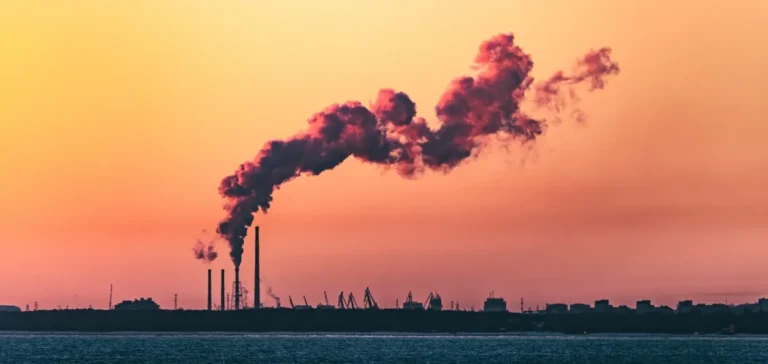The world is on a trajectory for global warming between 2.3°C and 2.5°C by the year 2100, even if national climate commitments are fully implemented. This is the finding of the latest report from the United Nations Environment Programme (UNEP), released ahead of the 30th Conference of the Parties (COP30) in Belem, Brazil. These figures far exceed the targets set by the Paris Agreement, which aims to limit global temperature rise to well below 2°C, and preferably to 1.5°C.
The report is based on the updated contributions of the signatory countries, including greenhouse gas (GHG) emission reduction plans for 2035, which countries were required to submit before the conference. As of now, fewer than one-third of countries have met this obligation. The UN points out that, without these enhanced commitments, the trajectory would reach 2.8°C, compared to 3.1°C in previous estimates. This slight improvement is partly due to methodological changes and the inclusion of now-uncertain policies, particularly those from the United States.
Growing gap between ambition and action
The UNEP report indicates a global increase in GHG emissions of 2.3% in 2024, primarily attributed to the continued consumption of fossil fuels. India, China, Russia, and Indonesia are among the largest contributors to this rise. In contrast, emissions from the European Union have continued to decline, while those from the United States have recorded a slight increase of 0.1%, marking the end of a previously observed downward trend.
The political commitments made under the climate negotiations have, according to the report’s authors, “barely moved the needle.” Promised reductions remain well below the -60% necessary by 2035 to align the trajectories with the 1.5°C target. In the absence of further plans, current measures would only result in an estimated 10% reduction in emissions from 2019 levels.
Overshoot scenario and technological uncertainties
In light of the persistent gap from the targets, the United Nations now openly discusses the possibility of a “temporary and minimal” overshoot of the 1.5°C limit. This scenario would rely on a rapid reduction in emissions and the industrial capacity to extract carbon dioxide (CO2) from the atmosphere, particularly through forests or still underdeveloped carbon capture technologies.
UNEP officials emphasize that this assumption remains contingent on significant investments and global political stability that would enable the implementation of the required measures within a tight timeframe. The potential consequences of each fraction of a degree of additional warming remain widely documented by the scientific community.






















